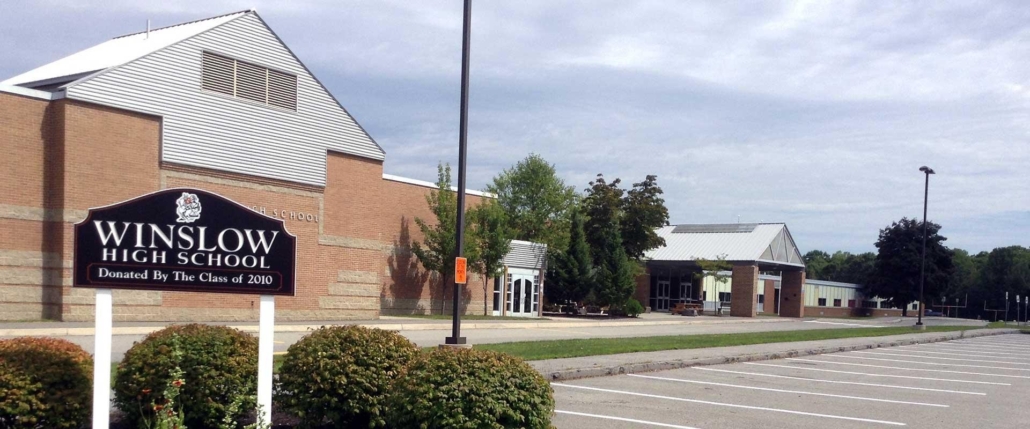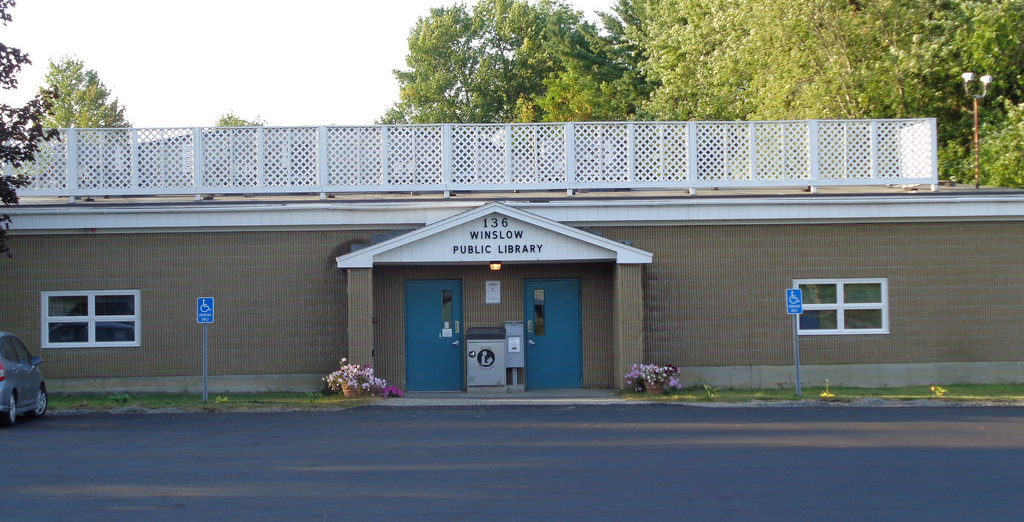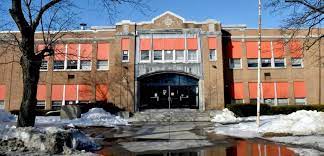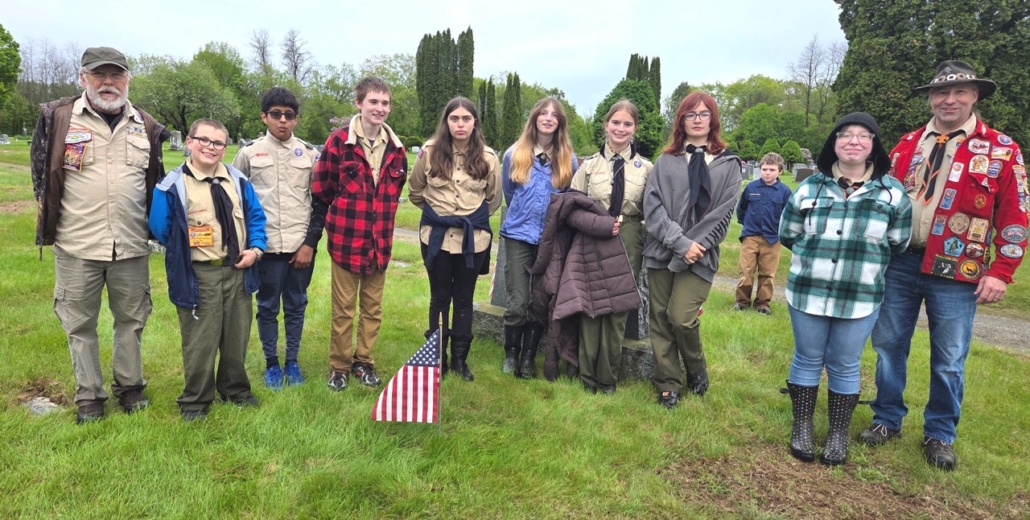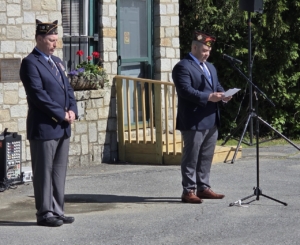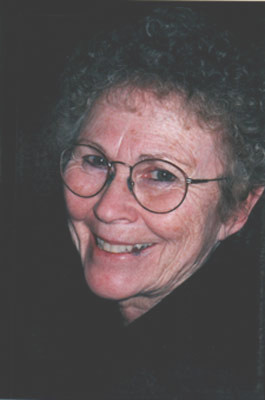Make the world brighter for patients by giving blood
 Type O blood donors especially urged to give
Type O blood donors especially urged to give
As the busy Fourth of July holiday week gets closer, the American Red Cross asks donors to celebrate by making a blood or platelet donation appointment to help power the blood supply through mid-summer. While all blood types are needed, donors with type O blood are most urgently needed.
Making and keeping donation appointments now is critical to ensuring blood products are available for all patients – including those in trauma situations that may require several lifesaving transfusions – in the weeks to come. Type O negative blood is often reached for in emergencies when there isn’t time to match a patient’s blood type. Type O positive is the most common blood type, so it’s important to keep type O blood and all blood types on hand at hospitals for people facing both chronic illness and sudden, life-threatening conditions.
Don’t wait – add a blood or platelet donation appointment to your summer calendar today by visiting RedCrossBlood.org, calling 1-800-RED CROSS or by using the Red Cross Blood Donor App.
The Red Cross and goodr are joining forces in July to remind donors they’re just the type patients can count on. All who come to give July 1-14, 2025, will get an exclusive pair of Red Cross x goodr sunglasses, while supplies last. Donors can personalize their one-of-a-kind shades with a blood type sticker! For details, visit RedCrossBlood.org/ goodr.
Upcoming blood donation opportunities June 24-July 14
Kennebec County:
Augusta
Friday, July 11: 9 a.m. – 1:30 p.m., MaineGeneral Health, 35 Medical Center Parkway.
Friday, July 11: 1:30 p.m. – 6 p.m., MaineGeneral Health, 35 Medical Center Parkwa.y
Monday, July 14: 11:30 a.m. – 5 p.m., Augusta Elks, 397 Civic Center Drive, P.O. Box 2206.
Waterville
Friday, July 11: 9 a.m. – 2 p.m., O’Brien’s Event Center, 375 Main St.,
Winslow
Wednesday, July 9: 12 p.m. – 5 p.m., Winslow VFW, 175 Veterans Drive.



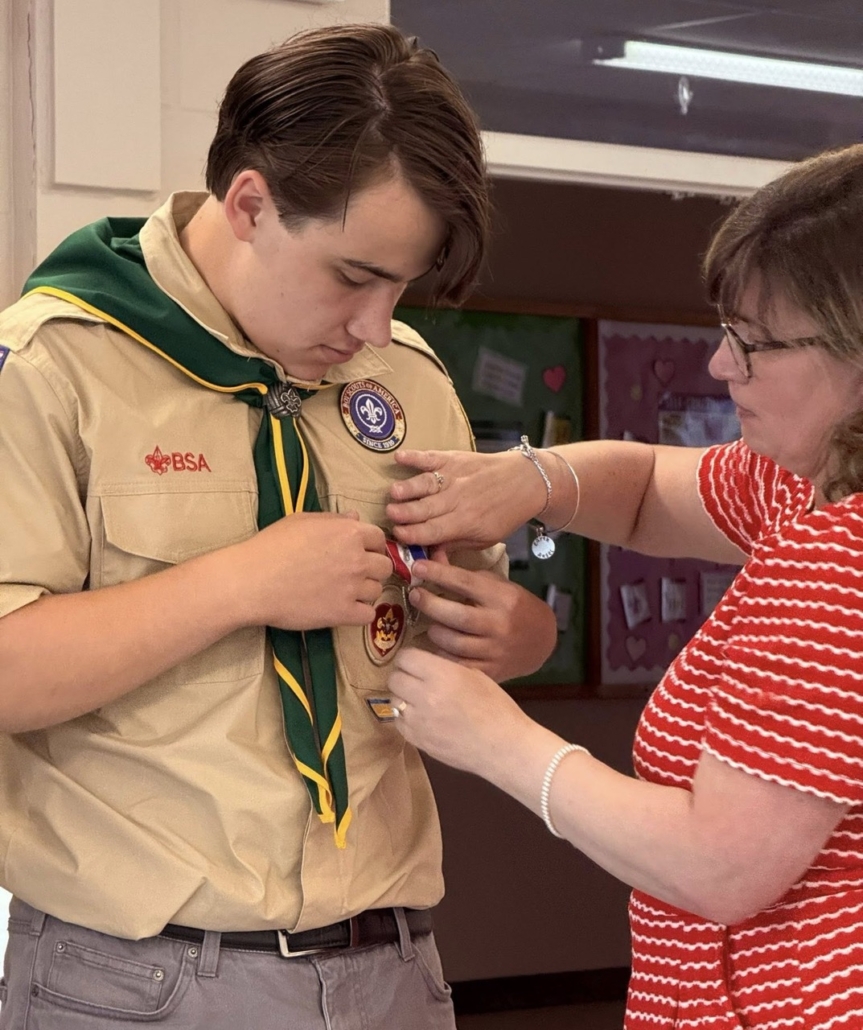
 Springfield College, in Springfield, Massachusetts, has named William Banks, from Jefferson, to the dean’s list for academic excellence for the 2025 spring semester. Banks has a primary major of physical education.
Springfield College, in Springfield, Massachusetts, has named William Banks, from Jefferson, to the dean’s list for academic excellence for the 2025 spring semester. Banks has a primary major of physical education.